Doctor tools names with pictures
We’ll go through the 10 Most Common Tools Used by Doctors and their roles in this article. Have you ever visited a hospital and been astounded by the various gadgets used by doctors and other medical personnel? With the various sorts of equipment and instruments employed, it’s easy to infer that the medical industry is a completely separate universe.
However, we live in a time where understanding of such things is crucial and necessary. Even if you aren’t interested in medicine, you should be able to recognize some of the doctor’s devices and their functions.
Introduction: What is the Purpose of Medical Tools?
Medical tools are used to help doctors diagnose and treat their patients.
The purpose of these tools is to provide a better level of care to patients by providing them with more information on how they should be treated.
These tools can include X-Ray equipment, ultrasounds, MRIs and other medical devices.
Here are 10 Common Medical Tools Used By a Doctor:
- Stethoscope
- Sphygmomanometer
- Measuring Tape
- Thermometer
- Pen Torch
- Weighing Scale
- Infection Control Equipment
- Scalpel
- Defibrillators
- Hospital Stretcher
1. Stethoscope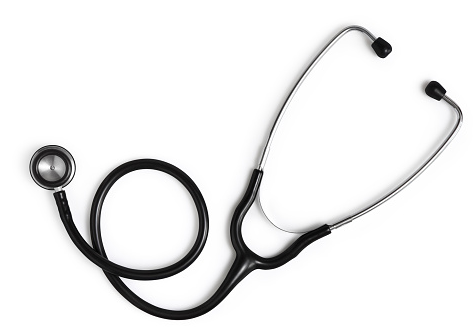
This is a common tool that doctors and other medical teams utilize. Both doctors and nurses can use it as a professional sign.
The stethoscope is portable and may be taken with you wherever you go. Some medical personnel’s cars have a stethoscope in their baggage. During their shift, it’s also worn around the neck.
A stethoscope is a device that is used to listen to the sounds of various organs in the body, such as the belly, lungs, liver, heart, and other organs. With a stethoscope and a sphygmomanometer, you can check your blood pressure.
2. Sphygmomanometer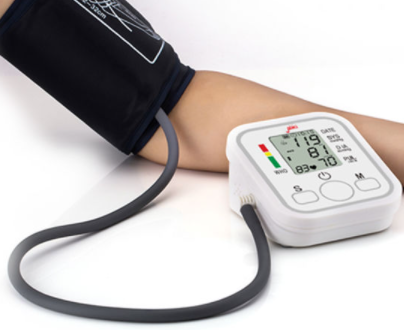
As previously stated, a sphygmomanometer is one of the equipment used by doctors to check blood pressure with a stethoscope.
The cuff on a sphygmomanometer is used to wrap the patient’s arm. To raise the pressure around the arm, this cuff will be inflated.
The heart is then listened to with a stethoscope. Mercury is used in the sphygmomanometer. The reason why blood pressure is measured in millimeters of mercury (mmHg). Manual or digital sphygmomanometers are available. The manual ones are mostly utilized in hospitals, whereas the digital ones are mostly used at home. Some people relied on digital devices to keep their health under check. A digital sphygmomanometer does not require a stethoscope and is always powered by batteries.
3. Measuring Tape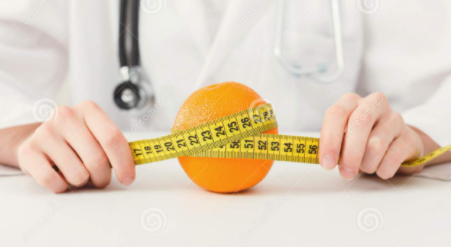
Fashion designers aren’t the only ones who use measuring tape. Doctors and other medical teams use it as one of their instruments. When precision and accuracy are required, the measuring tape is used.
It’s used to gauge a pregnant woman’s abdomen, the size of a baby’s head, and so on. It is primarily utilized in prenatal clinics.
4. Thermometer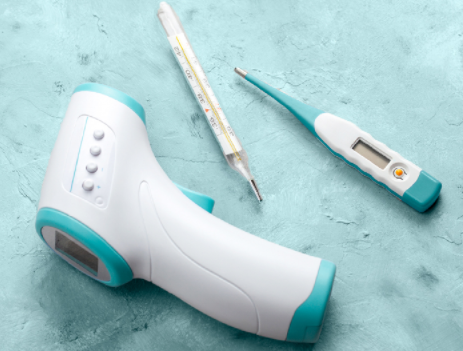
Another medical and doctor’s tool is the thermometer. A clinical or medical thermometer is another name for it. It’s a device that measures the body’s temperature. If it’s either too low or too high, it’s one of the Cardinal indicators that something is amiss with your bodily system.
The thermometer’s tip is put into your armpits (Axilla temperature), mouth (oral temperature), or even rectum (rectum temperature) via the anus (anal temperature).
5. Pen Torch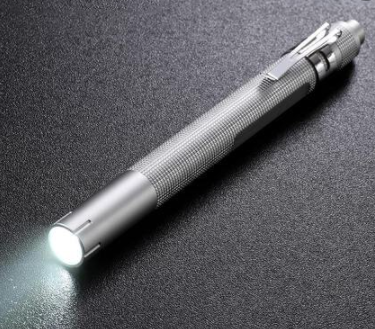
Isn’t this amazing? One of the doctor’s instruments is a pen torch? A pen torch is one of the most common tools used by doctors to examine a patient’s eyes, mouth, and nose. It is employed in the assessment depending on the patient’s concerns. It is used by doctors to examine patients in low-light conditions.
The doctor’s Pen Torch can be used for a variety of purposes, such as reading charts, checking blood pressure and heart rate, and examining wounds and broken bones.
In some cases, the doctor’s Pen Torch can also be used as an emergency light source for people who are lost in the dark or injured.
ALSO SEE: Top 10 Best Hospitals in UK
6. Weighing Scale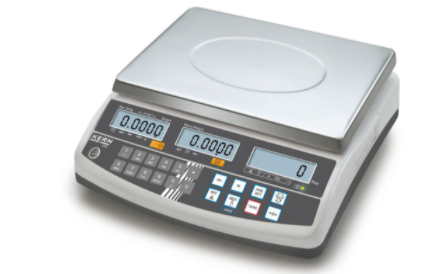
A scale is an instrument used to measure weight or mass. It is usually made up of a platform that can be adjusted in order to increase or decrease the distance between its two ends.
The benefits of using a scale are that it provides accurate measurements and it can be used for multiple purposes. The disadvantages are that it takes up space and requires fuel for operation.
7. Infection Control Equipment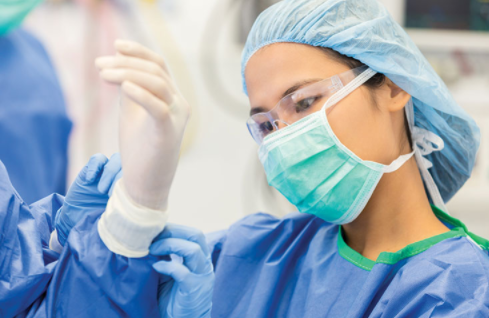
Personal Protective Equipment (PPE) is another name for this type of gear (PPE). Doctors and other medical personnel wear them to protect themselves against nosocomial (hospital) infection. When doing operations and operative surgeries, it is used. Gloves, gowns, bonnets, face shields, goggles, nasal masks, boots, and other infection control equipment are included.
8. Scalpel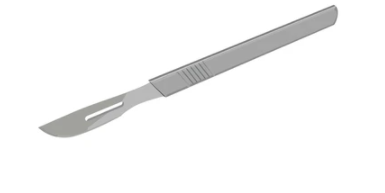
The scalpel is a surgical instrument that is used for cutting, scraping, and incising. It consists of a blade attached to the handle by means of a hinge.
Scalpels are used in many different surgical procedures. They are also used to remove tissue and bone from the body during surgery or other medical procedures.
The scalpel can be used with one hand or two hands depending on the procedure being performed. The scalpel is typically held with the index finger on top of the blade and thumb underneath it, while the other fingers grip either side of the handle tightly enough to prevent slippage.
9. Defibrillators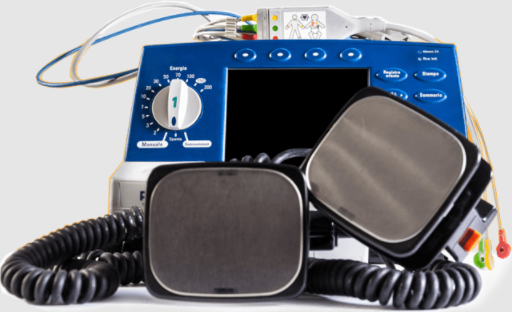
It is one of the medical and doctor’s instruments that is used to restore the heart rhythm. It’s frequently used to shock the heart and bring it back to life. Because the defibrillator is electrical, it requires power to operate.
It’s likely that you’ve seen it in a movie. It’s utilized to save lives in life-threatening situations.
10. Hospital Stretcher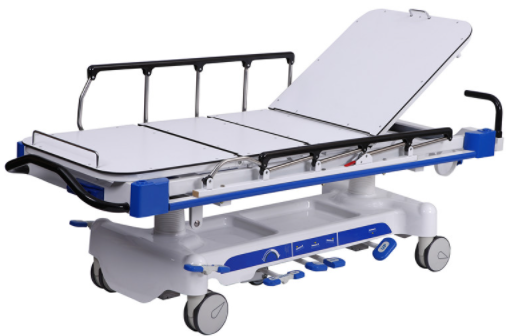
It’s yet another piece of medical equipment that’s commonly found in hospitals. Patients are transported from one department to another using the stretcher. It’s also employed for operational procedures and in emergency scenarios.
When you come across one of the medical or doctor’s tools described above, you should be able to recognize it and know what it does.
How Does a Medical Tool Work?
The medical tool works by using a combination of two types of lasers to detect the heartbeat and pulse. The first laser is used to measure the oxygen levels in the body, while the second laser is used to measure blood pressure.
The medical tool then uses these measurements to determine if there is a problem in one’s heart or pulse. If it detects that there is a problem, it sends an alert to doctors so they can take care of it.
5 Ways that a Medical Tool Can Improve Your Practice
Many medical tools are being developed to improve the practice of medicine. These tools can help doctors and nurses in various aspects of their work.
1. Electronic Medical Record (EMR)
2. Electronic Health Records (EHR)
3. Electronic Prescription System
4. Electronic Patient Record
5. Telemedicine
How to Choose the Best Medical Tool for Your Practice?
Choosing the best medical tool for your practice is not a simple task. It requires you to find out which tools will be most useful for your practice. There are many tools that can help you in this process, but there are also some considerations that you should take into account before making a decision on which tool to choose.
Considerations:
– The size of the practice and its resources
– The type of practice (e.g., hospital, clinic)
– The location and population density of the area where you work
Conclusion: Start Utilizing these Medical Tools Today to Improve Your Practice
The use of medical devices is a great way to improve our practice and make it more efficient. These tools can help us to do our job faster, with fewer mistakes and in a better way.
It is important for us to start utilizing these tools today and make sure that we are getting the most out of them.
